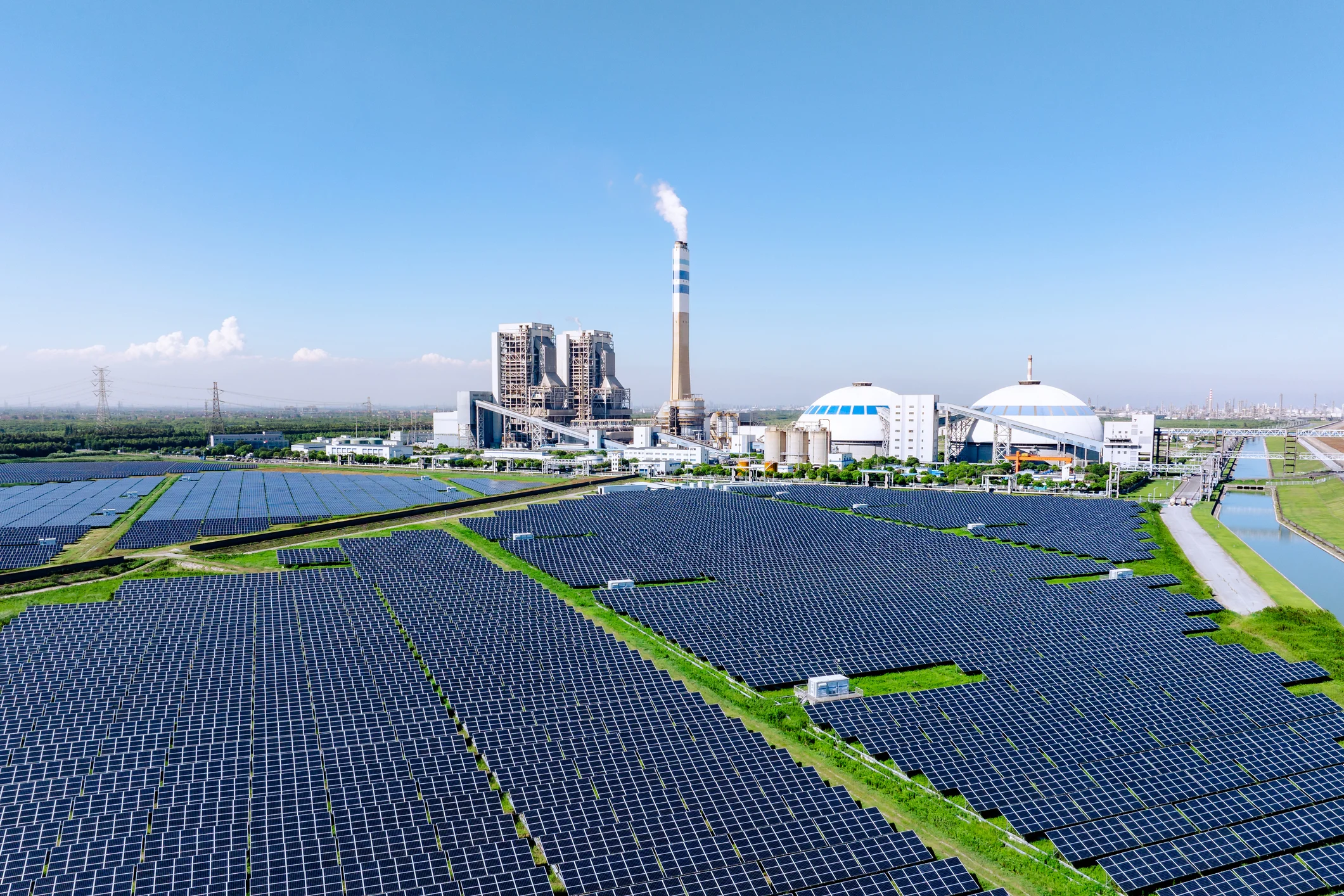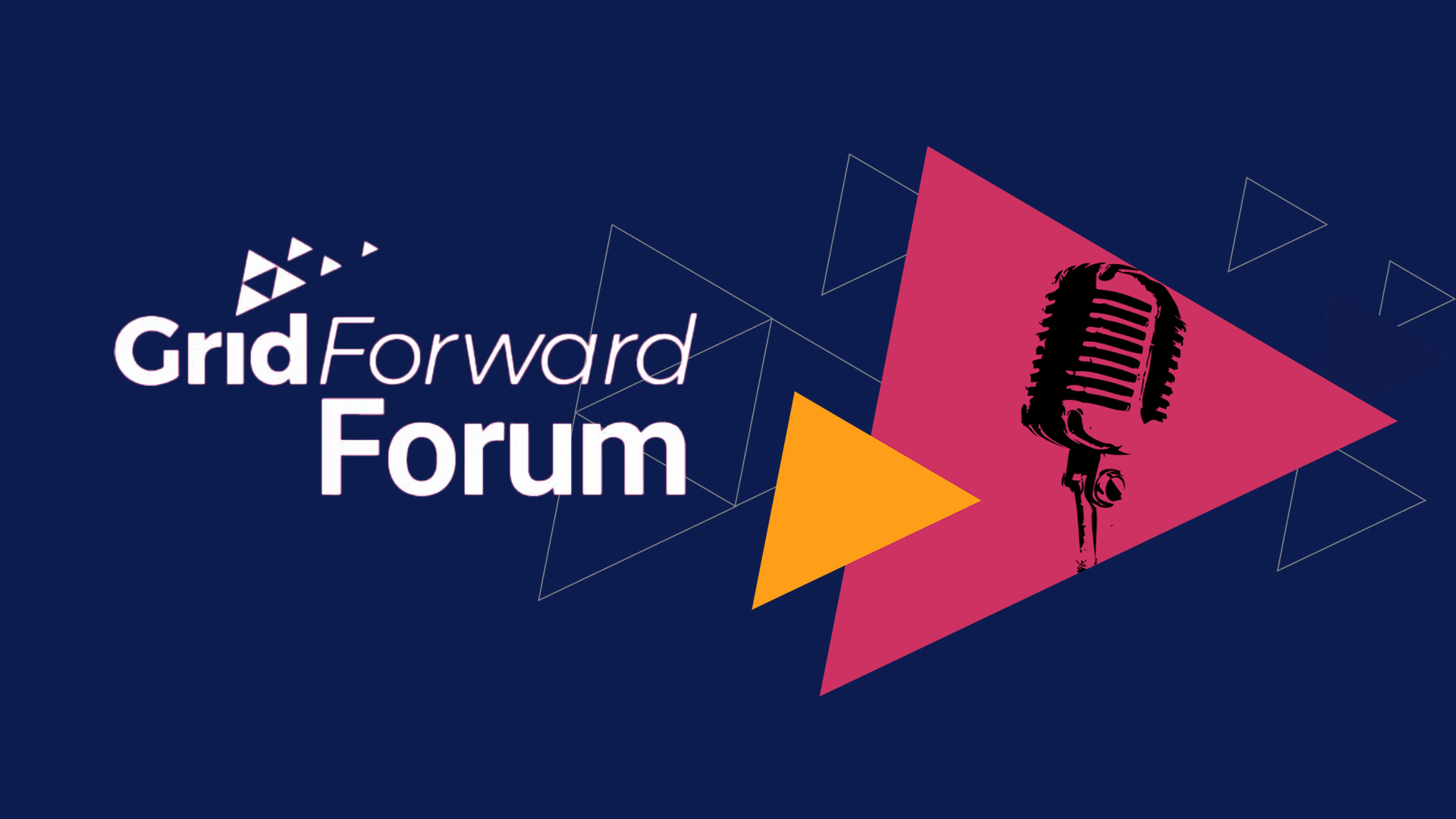With the release of Topline Demand Control, we are witnessing customer programs transforming into operational assets. One of the best things about the operationalization of distributed energy resources (DERs) is that virtual power plants are a win-win for utility regulators: assets that are good for the grid and assets that are good for customers.
Virtual power plants with Topline Demand Control are super-powered demand management. When utilities send controls to DERs to meet specific load-shedding needs, they dispatch the commands and hope that the demand is managed sufficiently. Through optimization with machine learning, Topline Demand Control allows utilities to operationalize demand management, attain clean energy goals, and bring value to all customers–and all of these attributes help regulators accomplish their public duties.
Operationalizing Demand Management
Virtual power plants with Topline Demand Control capabilities bring demand management into the operations room. This means that they can be solicited through competitive all-source procurement processes. More and more regulators are turning to this electricity purchasing model that promotes a more level playing field than the historically biased model that typically resulted in electricity generation selection from utility-owned, fossil fuel power plants.
Furthermore, a trusted, low-cost resource can make regulators’ jobs easier because it removes the complex decisions related to building and procuring traditional fossil fuel resources. Perhaps future integrated resource plans that correctly value VPPs and then use all-source procurement to select those resources could have more efficient and less painful proceedings–envision a future IRP docket with less disagreement, easier-to-understand testimony, and fewer stakeholder complaints because changing electricity demand is being met with distributed customer assets.
Unlike the market for energy efficiency, which relies on agreed-to savings assumptions and complicated verification processes, Topline Demand Control is a solution that fits within the confines of current electricity procurement methodologies. Topline Demand Control enables distributed customer assets to operate as a power plant, providing steady grid relief for an expected duration of time, the same way a utility procures traditional resources.
Attaining Clean Energy Goals
VPPs with Topline Demand Control capabilities attain clean energy goals because they request a specific volume of capacity from customer-sited resources instead of using a carbon-emitting resource. This means that utilities get low-cost, carbon-free resources that offer the same capacity value to the grid as a carbon-emitting power plant.
Policymakers and regulators who are guiding utilities toward clean energy targets should be excited by the simplicity of VPPs for resource planning and system balancing. Through policies and regulations, VPPs are gaining traction across the country, including Utah, Colorado, and North Carolina. With Topline Demand Control, it can be easier and more cost-effective to align usage with the times when clean energy is abundant to reach clean energy goals than to try to procure more of these resources.
What makes this easier for regulators? The impact of VPPs is reliably measurable. Unlike the assumptions required to calculate the energy efficiency savings of a refrigerator rebate program, VPPs are measurable both at the device and at the meter. The United States Department of Energy (DOE) in their Pathways to Commercial Liftoff: Virtual Power Plants report advocates for asset interoperability and standardization that can further improve the consistency of measurements.
When the results of VPPs with Topline Demand Control show up at the meter, at the circuit, and at the node, utilities have evidence that the system demand decreased at specific times and that clean resources supplied a higher percentage of their demand. Topline Demand Control makes it easier for utilities to automate the dispatch of these clean VPP resources, decreasing the reliance on dirty alternatives.
Bringing Value to All Customers
VPPs with Topline Demand Control capabilities are good for customers–regulators have the important role of passing on savings and compensation to customers who are providing a dependable grid asset. The DOE agrees that making VPPs accessible to all customers is critical. The Pathways to Commercial Liftoff: Virtual Power Plants report states, “The affordability and accessibility of DERs are critical to creating equitable access to VPP participation; by prioritizing support for those facing the highest energy burdens, energy cost savings can be targeted at communities most in need.”
Regulators have a large role to play in this effort: there is an equity opportunity with VPPs that needs to be considered carefully in VPP design and customer compensation models.
With Topline Demand Control, utilities have the ease and flexibility to make requests for a desired amount of dependable capacity, so as utilities prove the value of Topline Demand Control these requests may occur more frequently than a traditional demand response program. A driver of this is that not every asset needs to respond to every event. Dispatch with Topline Demand Control enables different devices to respond to each signal, depending on their availability. Advanced VPPs may allow customers to set participation preferences and connect those preferences to different compensation models, so customers may influence their frequency of participation.
With a large population of devices, it’s possible to avoid the potential discomfort of demand response; rather than relying on 1,000 devices to meet your 1 MW load reduction for three hours with two-degree Fahrenheit temperature offsets, you can use 3,000 devices that are staggered for the duration of the event for an hour at a time or 6,000 devices that are staggered and only offset by one degree Fahrenheit. Topline demand control is selecting a set of resources to accomplish the desired outcome (volume of capacity) and it is rotating in new resources when others reach the limit of their contributions, which may reduce customer fatigue.
All of these improvements that VPPs with Topline Demand Control enable are better for regulators because they are better for customers. Here are some additional benefits to consider when evaluating VPPs:
- Public health: Customer assets are responding to grid needs instead of fossil fuel plants–this means that less of the carbon- and pollution-emitting plants are running. This improves environmental conditions and reduces negative health impacts.
- Economics of investing in technology: It can also mean that customers are being compensated for the grid services that they are supporting with their assets, which could result in lower bills. This leads to a lower payback period for customers who make these investments.
- Utility rates: Overall system costs should improve with Topline Demand Control capabilities because capacity from these assets is lower cost than from a peaker plant resource during times of high electricity demand. These cost savings can be returned to the entire population of customers, suppressing the upward pressures on rates.
Conclusion How Topline Demand Control Supports Regulations
With demand management equipped with Topline Demand Control entering the utility operations control centers, utilities can reach clean energy goals more cost-effectively and bring the savings back to customers, including both participants and non-participants.
Instead of determining the tradeoffs between a fossil fuel peaker plant with expensive emissions reduction systems, regulators can easily recognize that these advanced and dynamic load management techniques are good for customers and are reliable for utilities. Gone will be the days of tense stakeholder gatherings, inequitable electric service, and a heavily polluting electricity generation. Welcome to regulatory nirvana, with Topline Demand Control.






